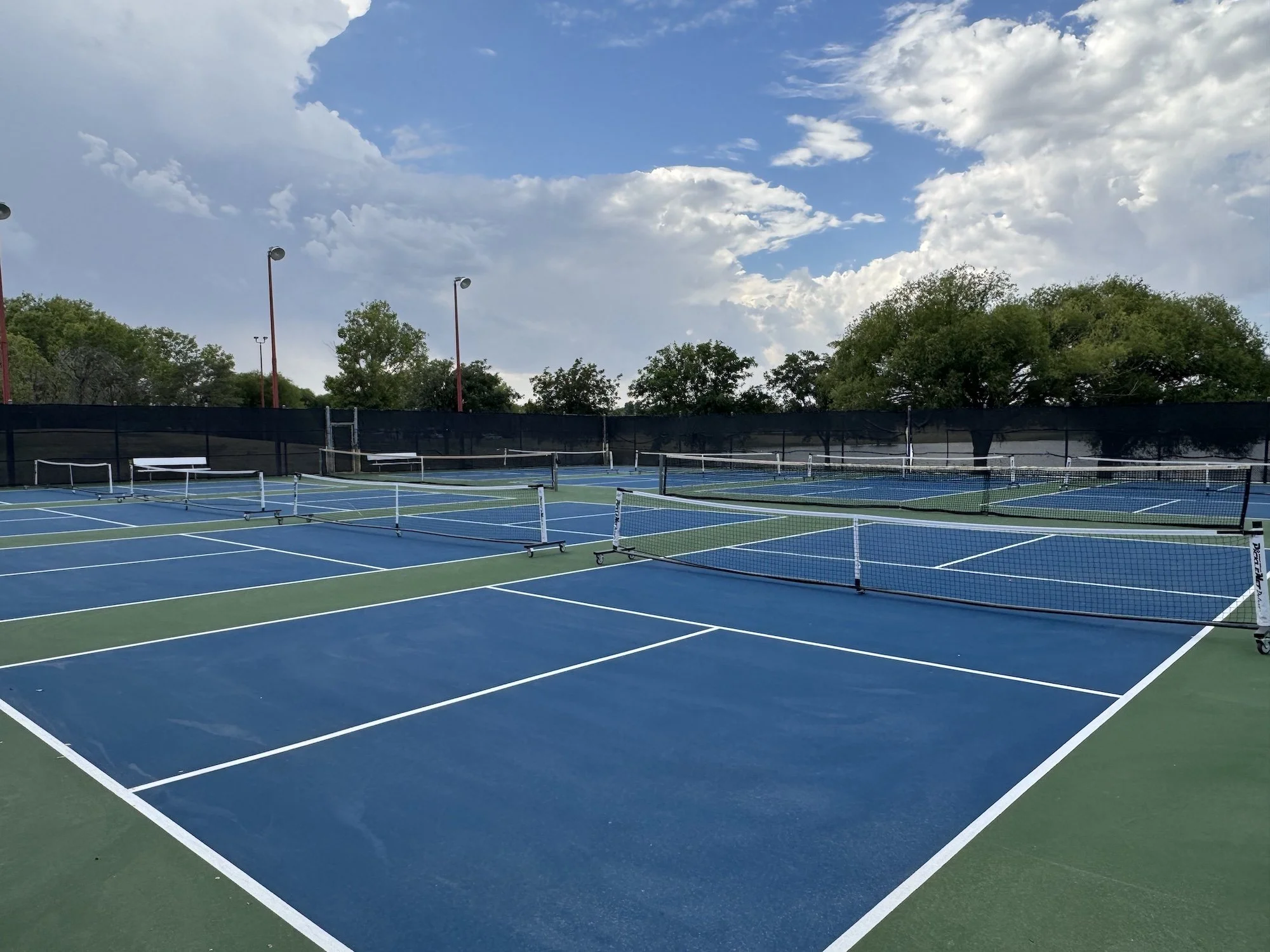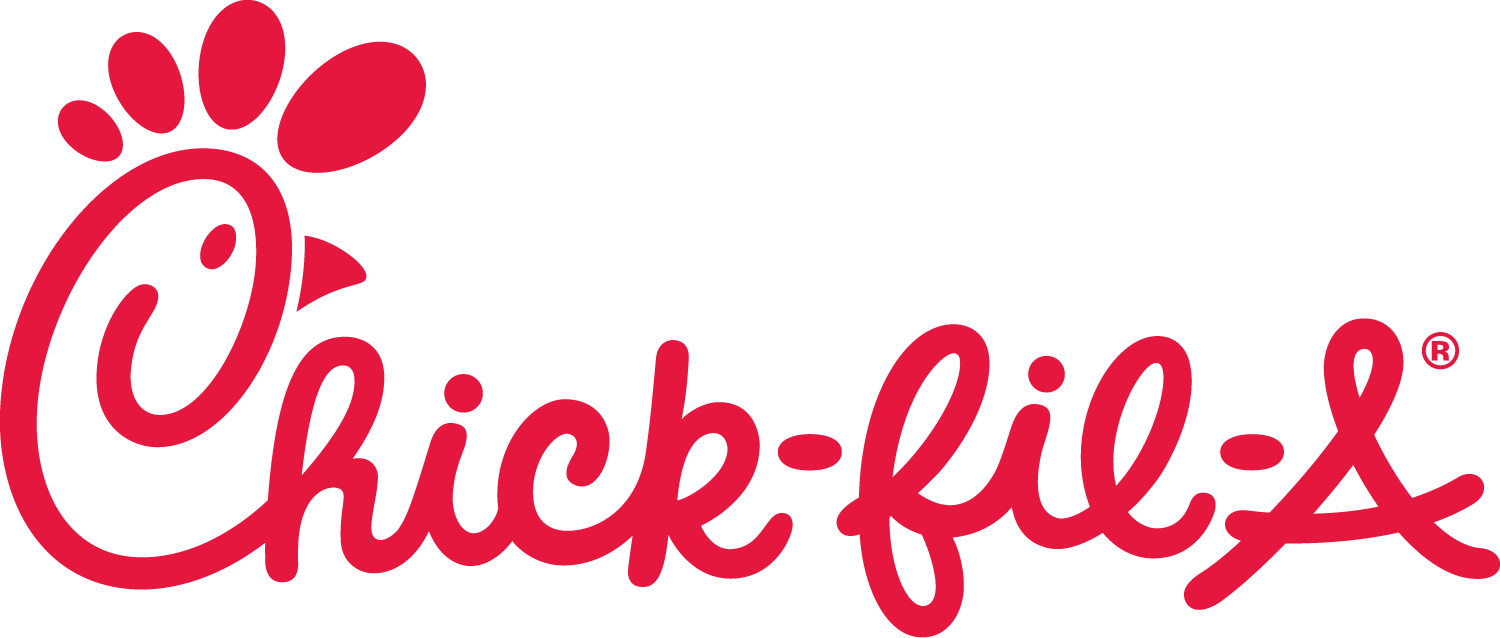
Rules
Serves
A coin toss will be used to determine which player or team has first choice of side, service, or receive.
Players must serve underhanded.
The serve is made diagonally cross-court and must land within the confines of the opposite diagonal court.
Only one serve attempt is allowed per server.
When the ball is served, the receiving team must let it bounce before returning, and then the serving team must let it bounce before returning, thus two bounces.
Both players on the serving doubles team have the opportunity to serve and score points until they commit a fault *(except for the first service sequence of each new game).
When the first server loses the serve, the partner then serves from their correct side of the court (except for the first service sequence of the game*).
The second server continues serving until his team commits a fault and loses the serve to the opposing team.
Once the service goes to the opposition (at side out), the first serve is from the right/even court, and both players on that team have the opportunity to serve and score points until their team commits two faults.
After the ball has bounced once in each team’s court, both teams may either volley the ball (hit the ball before it bounces) or play it off a bounce (ground stroke).
Points
Points are scored only by the serving team.
Games will be played to 11 points, win by 2.
If a point is scored, the server switches sides and the server initiates the next serve from the left/odd court. As subsequent points are scored, the server continues switching back and forth until a fault is committed, and the first server loses the serve.
When the serving team’s score is even (0, 2, 4, 6, 8, 10) the player who was the first server in the game for that team will be in the right/even court when serving or receiving; when odd (1, 3, 5, 7, 9) that player will be in the left/odd court when serving or receiving.
A fault by the receiving team results in a point for the serving team.
A fault by the serving team results in the server’s loss of serve or side out.
The Kitchen
The non-volley zone is commonly referred to as “the kitchen.”
The kitchen is the court area within 7 feet of both sides of the net.
A ball contacting any part of any line, except the kitchen line on a serve, is considered “in.”
A serve contacting the kitchen line is short and a fault.
Volleying is prohibited within the kitchen. This rule prevents players from executing smashes from a position within the zone.
It is a fault if, when volleying a ball, the player steps in the kitchen, including the line and/or when the player’s momentum causes them or anything they are wearing or carrying to touch the kitchen including the associated lines.
It is a fault if, after volleying, a player is carried by momentum into or touches the kitchen, even if the volleyed ball is declared dead before this happens.
